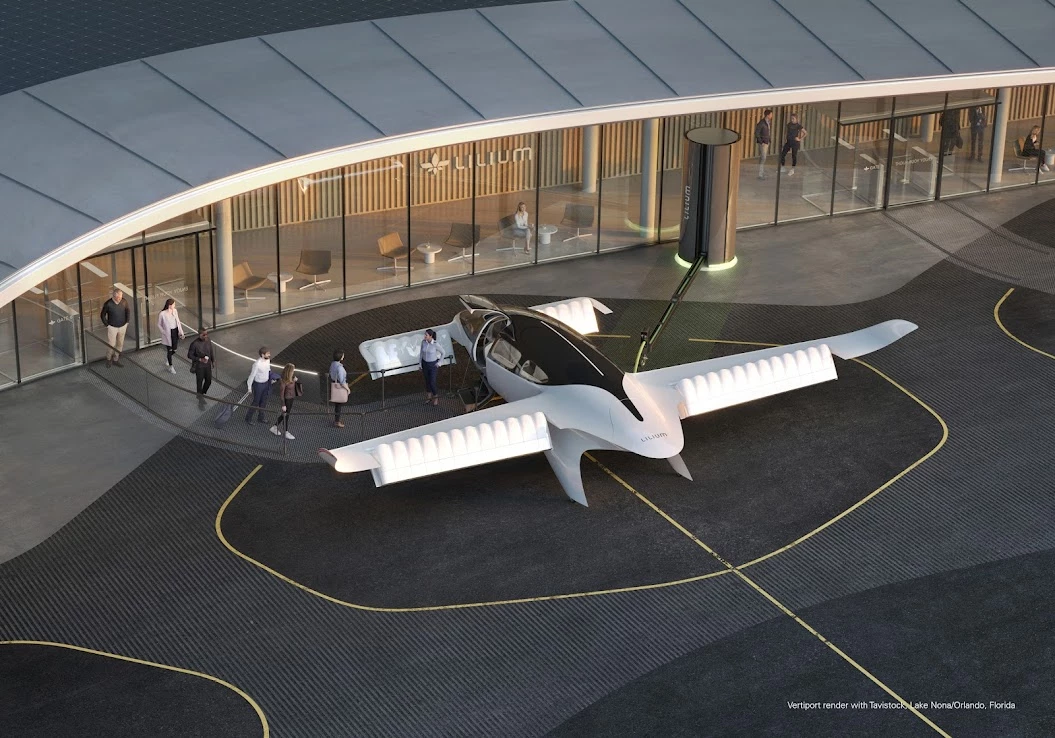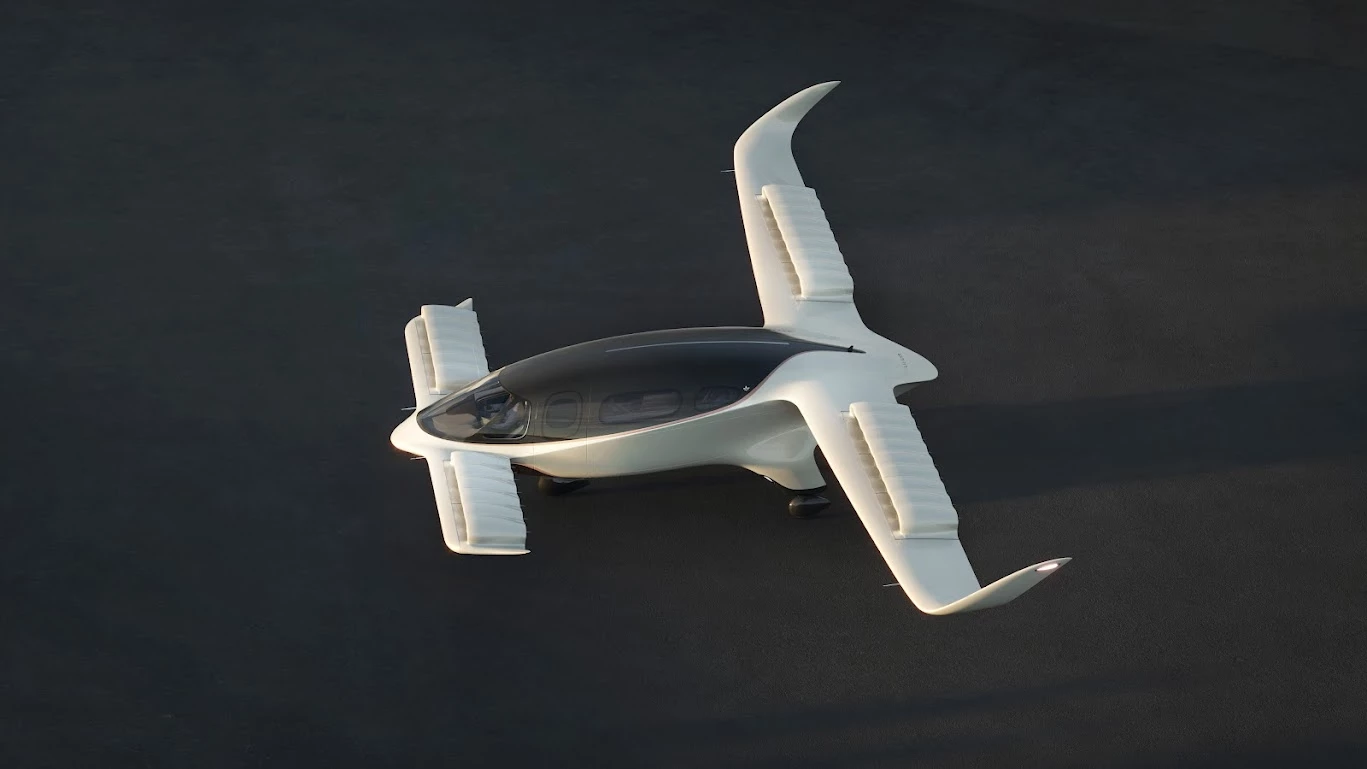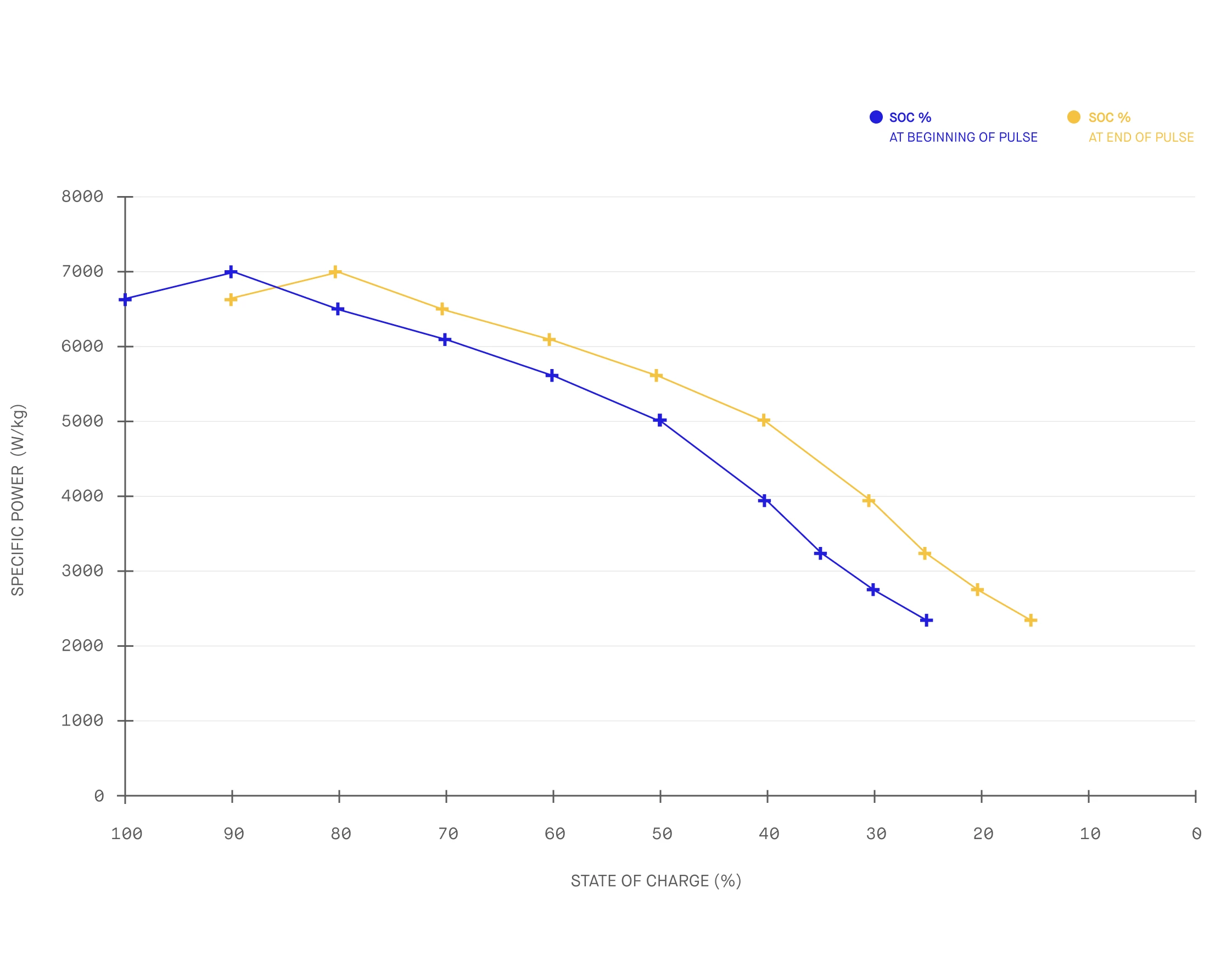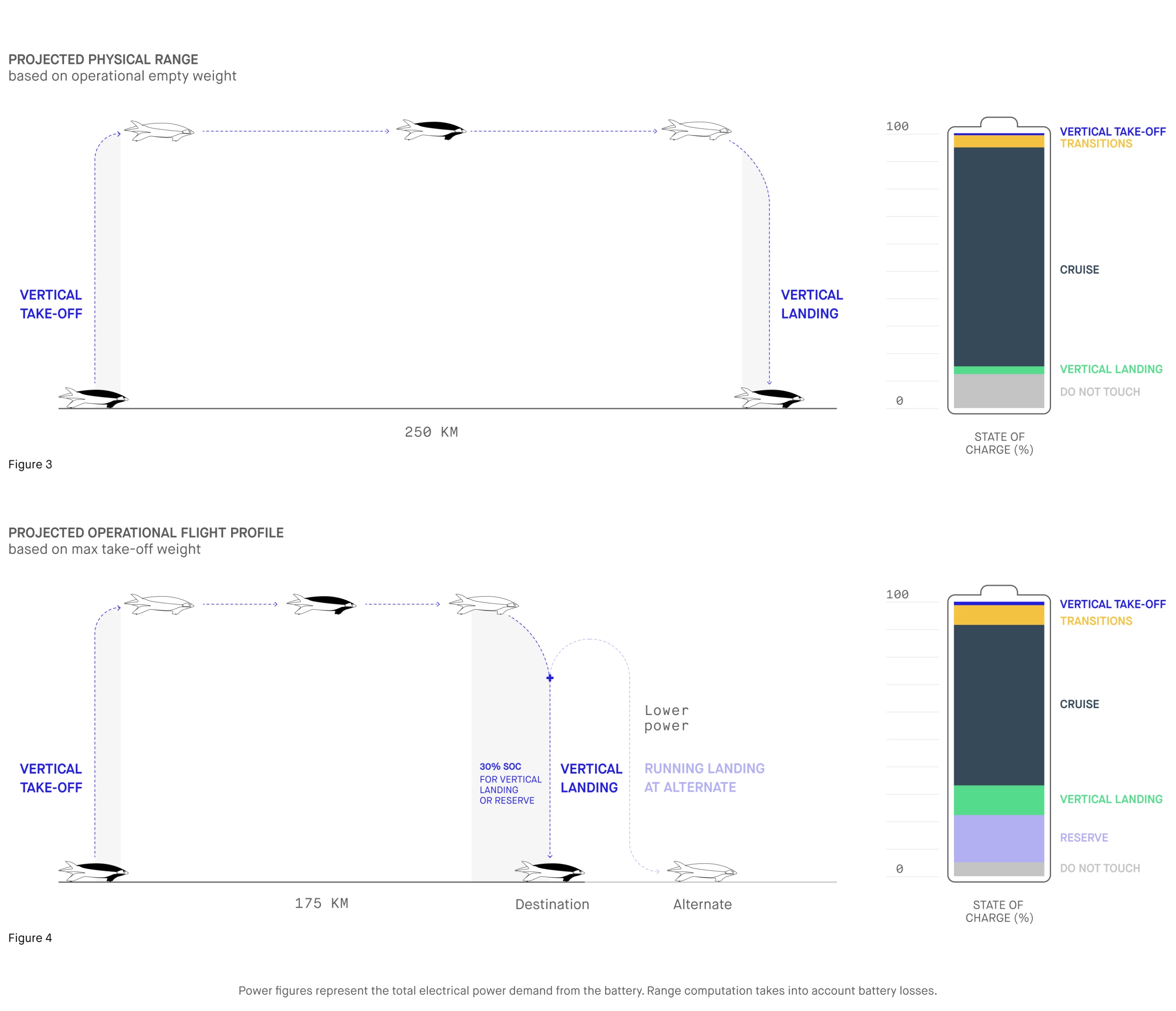With tiny, ducted electric "jets" instead of exposed propellers, Lilium's eVTOL aircraft looks incredible, but it'll place a unique strain on its batteries. Lilium has invested millions into a company that makes cells it believes are up to the task.
We've written before about Lilium's tiny-fan design and its effect on the aircraft's efficiency and likely use cases. To summarize, all else being equal, when you use lots of small-diameter fans instead of fewer large-diameter propellers, you end up with an aircraft that will chew somewhere around twice as much power in the VTOL and hover phases of flight, while potentially giving you lower drag to fight against in the cruise phase. As a result, Lilium is targeting longer, inter-city jaunts as opposed to short cross-town hops where this inefficiency will be more of a disadvantage.
One thing we didn't really dig into in that initial piece was what this means for the batteries. For the kind of long-range flights Lilium needs to handle, the battery will need to have a high specific energy – lots of watt-hours per kilogram. But its batteries will also need to handle super-high discharge rates to handle those high-output VTOL flight phases, so they'll need to have a very impressive power density as well.

Most importantly, Lilium will need a battery that's capable of high power outputs even at a low state of charge. Imagine you're flying close to your rated range limit and there's an emergency that causes a pilot to dip into the reserve battery levels, taking the charge below 20%. The aircraft still needs to be capable of performing a safe vertical landing – an operation that requires high power output for up to 45 seconds in Lilium's projections.
It's a special battery indeed that can maintain a high power output and pump out bulk juice even when it's running close to flat. Lilium says it's got it handled, however, thanks to multi-million dollar investments into a company called Ionblox, previously known as Zenlabs, for which Lilium has sewn up exclusive rights in the eVTOL sector.
Ionblox's key difference from other lithium battery cell makers is the use of a silicon-dominant anode, where most conventional cells use graphite. Silicon anodes are capable of super high charge/discharge rates and a solid 25% bump in specific energy, but they tend to die early, since silicon swells by as much as 400% when it charges up, and over repeated charge cycles, those size changes tend to add up and the anode starts to crack and degrade.

Ionblox holds a number of patents in this area. One speaks about holding small blobs of silicon in a silicon oxide/carbon-composite matrix, such that they can inflate and deflate without doing themselves a mischief, and while the company doesn't speak much about exactly what's going into the cells they're making for electric aviation, the figures do seem like a good step forward.
At the cell level, Tesla's Model 3 batteries tend to be our go-to for specific energy comparisons. Inside EVs says they're currently holding 272-296 Wh/kg. Ionblox says that if you slow-charge its aviation-specialty batteries, they'll hold as much as 340 Wh/kg, a handy 15-25% boost.
In terms of power density, Ionblox says its cells can handle 3.8 kW per kilogram, at a 50% state of charge, over a 30-second pulse at a huge 12C discharge rate – and around 3 kW/kg even when it's down to 30% capacity, again at a 12C rate for 30 seconds, at a toasty ambient temperature of 30 °C (86 °F) – so maybe those high-powered vertical landings at low charge levels will be ok.

It's also tested its car-grade cells for longevity, finding they've still got more than 80% of their capacity when charged and discharged 1,000 times at a very quick 4C rate that represents a full charge in 15 minutes. The aviation-grade cells haven't undergone such brutal testing yet, but Ionblox says they've held up well over 700 cycles of 1C (60 minute) charge and discharge cycles.
Lilium says it's most probably going to be using a subsequent generation of these batteries by the time it goes to production. The company has pushed back its certification expectations into 2025, so Ionblox has a couple years yet to tweak its formula. Interesting stuff!









